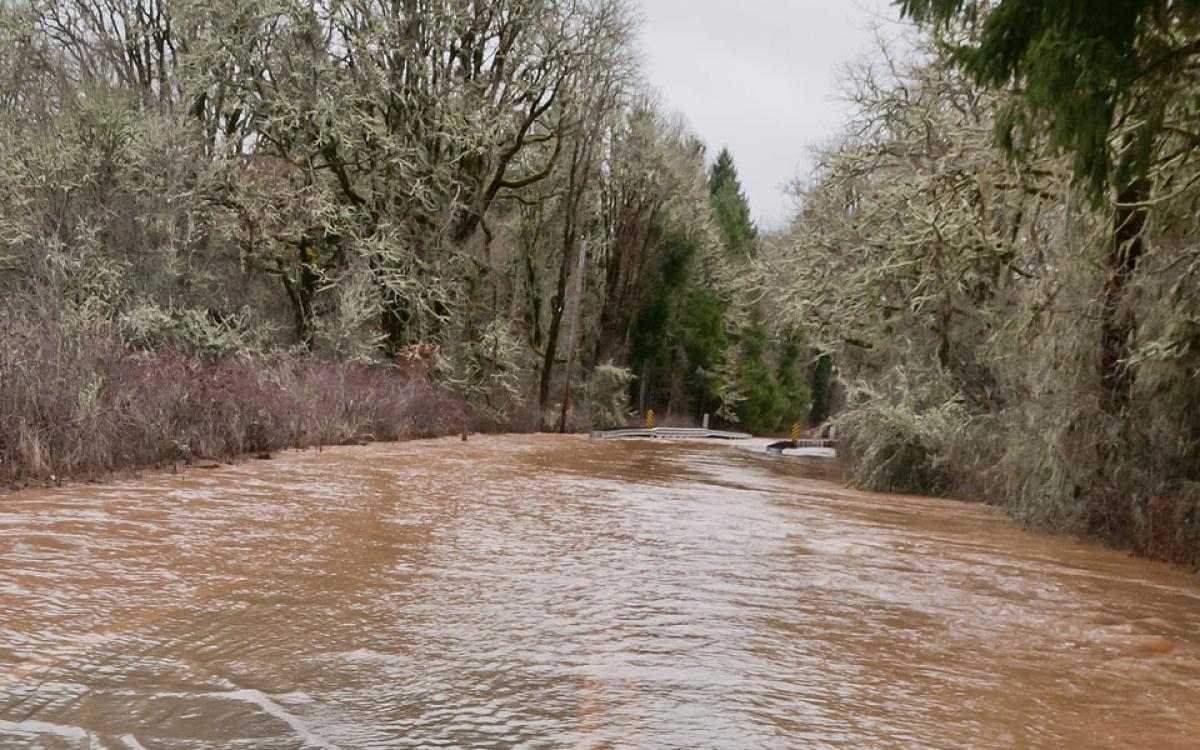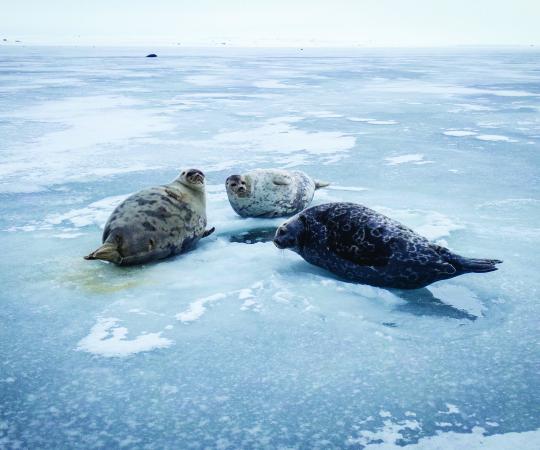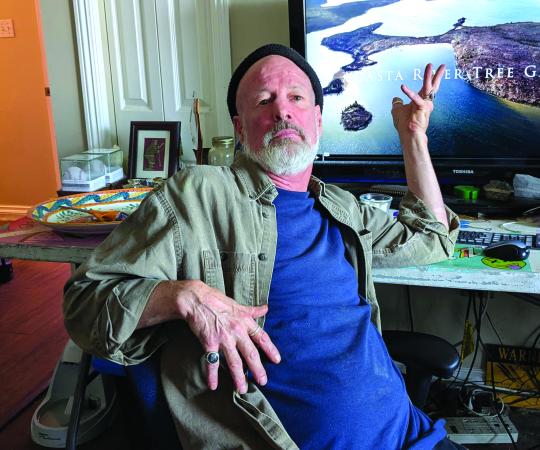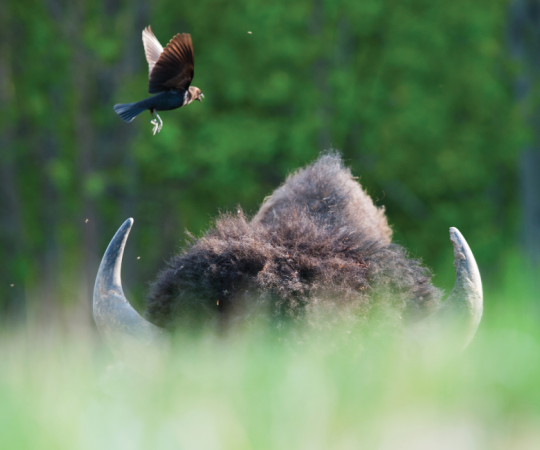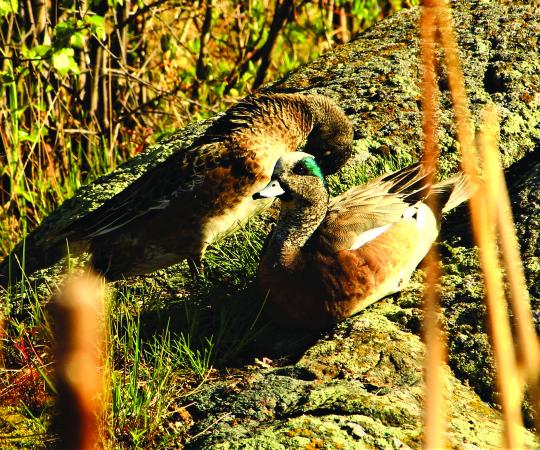The Saint John River flooded its banks this spring after New Brunswick was pounded with rain, destroying houses and cabins in its path and cutting off road access to entire villages. On the other side of the country, more than 13,000-square-kilometres of forest burned in the worst wildfire season in British Columbia’s history.
What do either of these events have to do with the Arctic? It turns out, the weather systems responsible for dry spells or torrential rainstorms are getting stuck in areas for longer periods of time due to changes to the jet stream—the force that creates and moves these systems around. That’s where the Arctic comes in.
The Polar jet stream, which runs west to east across the continent and is more than one hundred kilometres wide, is fuelled by the pressure difference between cold air from the north and warmer air from the south. Jennifer Francis, a specialist in Arctic climate change and a senior scientist with the Woods Hole Research Center in Massachusetts, says the jet stream is created by a sloping layer of air high up in the atmosphere—about the same height as a commercial jet flies.

Hot air flows down this slope in the atmosphere to the colder north (remember your second law of thermodynamics), generating wind that is then turned eastward by the rotation of the Earth. “The air wants to flow down that hill just like water wants to flow down the side of a mountain,” says Francis. “The steeper the slope of the mountain, the faster the water goes.” With the jet stream, greater temperature differences create a steeper slope, which generates more powerful winds.
With the Arctic warming at a faster rate than the rest of the world, the temperature difference between southern and northern air is beginning to decrease, which weakens the jet stream. This helps explain why lingering weather systems keep hammering one region while missing others entirely. “Anything that affects how the jet stream behaves is going to affect our weather,” says Francis.
Think again of that river, descending a mountain and driving over rocks and fallen trees in its path. On flat ground, that river meanders, oxbows and winds its way forward in no direct fashion. The weaker jet stream is like the river on flat ground—it’s easier to push around. Large pockets of hot or frigid air will bully it to the north or south, and push the jet stream from its path that generally follows the Canada-U.S. border.
The unfortunately named ‘Polar Vortex’ that caused southerners to scramble for space heaters and warm mittens for weeks in 2014 was an example of a mass of cold Arctic air pushing the jet stream down into southern Canada and the U.S. These waves in the jet stream—the dramatic deviations from its typical path—bring with them temperature fluctuations, as well as dry or stormy conditions. “The reason that’s important is because when those waves get really big, they tend to not move very fast from west to east,” says Francis. “So, it’s not only the winds themselves that are slowing down but also these big waves that tend to stay in one place.” The weather conditions they create stay too.
In 2012, Francis and her team released a paper arguing that Arctic warming is going to cause more extreme weather in the south, due to these changes in the jet stream. This kick-started a whole new field of research. Just this year, Francis’s team put out a paper comparing weather patterns in North America from the 1960s to 1980s, relative to the 2000s. Dry spells and wet spells have become more extreme.
Using complex computer programs that simulate variables like temperature increases and sea ice depletion, scientists can map out different scenarios. Today, the Arctic is warming at roughly twice the rate of the rest of the planet and Arctic sea ice is depleting faster than ever. Climate models allow scientists to warm the Arctic, or rid it entirely of ice, and see how that plays out in the rest of the world and in the jet stream.
There’s still a lot of work to do in this field, but every year, Francis says, scientists gain confidence when making the connection between the warming Arctic and more extreme weather everywhere else.

